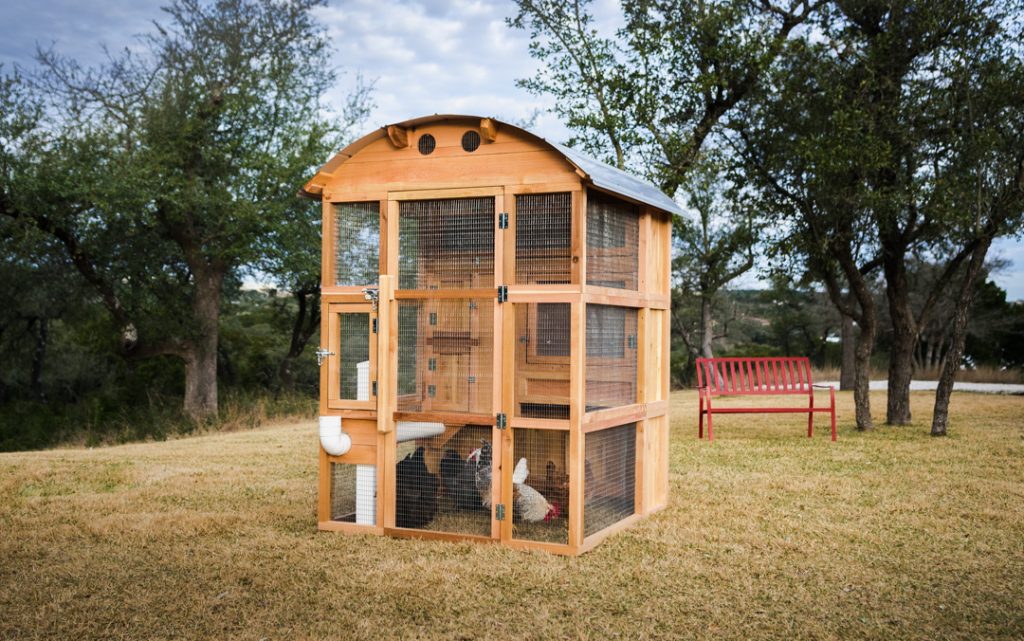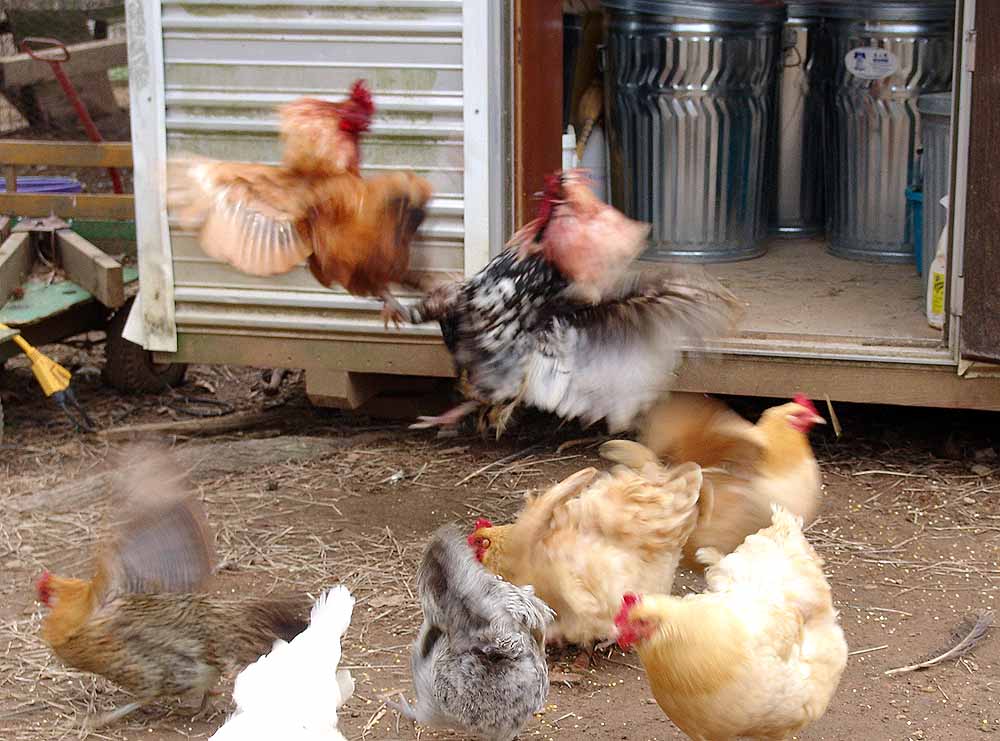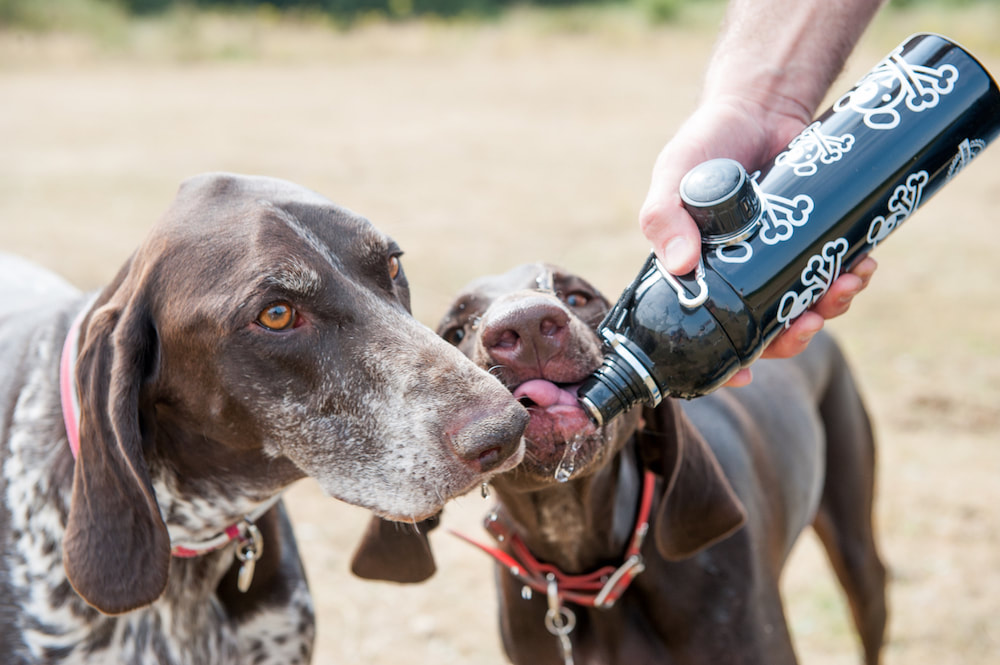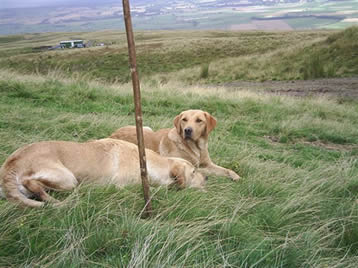Written by Guest Contributor on The Prepper Journal.
Editors Note: An article from Will Scott at the Optics Empire to The Prepper Journal. If you have information for Preppers that you would like to share then enter into the Prepper Writing Contest with a chance to win one of three Amazon Gift Cards with the top prize being a $300 card to purchase your own prepping supplies!
Have you ever found yourself helpless before? In a helpless situation you may have the necessary tools with you, but without the right skills, those tools are almost worthless! For instance, having a bow but not knowing how to use it is pretty useless, wouldn’t you say?
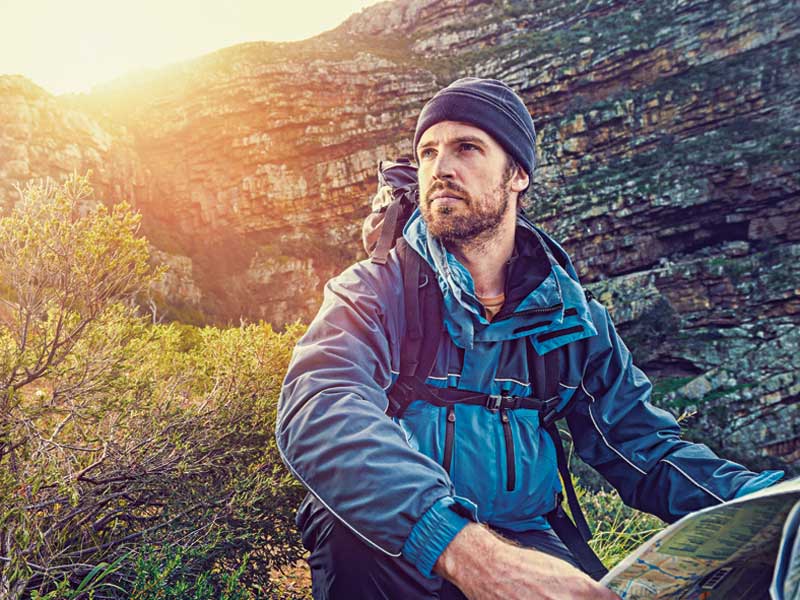

If you are new to prepping and want to learn the most basic survival skills to help you see another day when disaster strikes, then you have come to the right article.
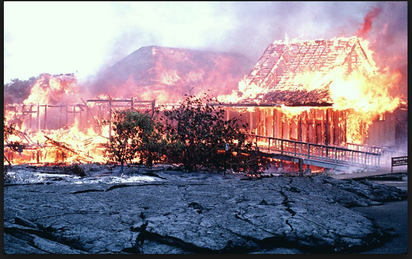
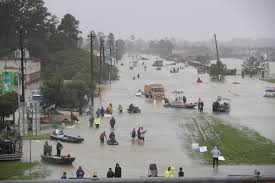
Every day, unplanned things happen such as hurricanes, floods, earthquakes, volcanic eruptions, and wildfires, which end up destroying a lot of property forcing innocent people into abrupt survival. That’s why every individual has to be prepared and have the mentality of “If SHTF happens, what next?” Having the following basic survival skills is crucial to your survival in a disaster:
Constructing a Survival Shelter


The first thing to do in order to survive in the wilderness is to create a roof over your head. The human body is not created to withstand extreme weather conditions such as extreme cold, extreme heat, heavy rains, strong winds or deep snow for very long.
In areas with hot temperatures like the desert, we can become dehydrated very quickly. While in extremely cold environments, we might suffer from frostbite or hypothermia. Therefore, building a shelter in the wild will help you prevent dehydration due to water loss as well as sunburn, windburn, and heat loss.
When building a shelter, ensure that you choose level and higher ground. It should be away from hazards like falling branches or flood-prone areas. The place should be secure from strong winds and heavy rains. Materials like wood or dry leaves should cover the floor of the shelter for insulation.
Anything else can wait but not a shelter, especially in extreme weather conditions. So, learn what materials you can use to create shelter in the area if you don’t have any.
Discovering Water Sources

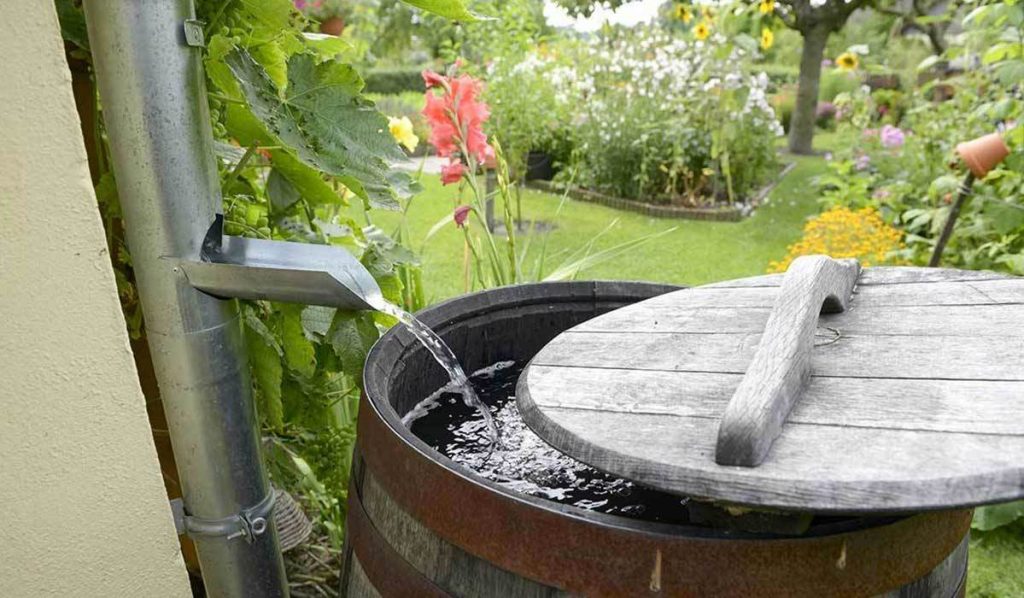
Your body can do without water for some time, but not for long, you are in danger after 3 days and in serious danger by day 5. Water plays an important part in re-hydrating our bodies. Without it, the body will not function well. Actually, the human body is made up of about 50% – 65% water. So, the body needs water. The general rule is 4 minutes without air, 24 hours without shelter (less than half that in severe cold or heat), 4 days without water and 14 days without food – all depending on your age, weight, physical condition and one and on.
In the wilderness, you will come across two types of water. Clean water and unclean water, or potable and non-potable. No matter how fresh the water source is always assume it is not safe to drink. Water that could be fit for drinking in the wild used to includes spring water, snow, rain, and dew. But pesticides, and pollution have changed that game. Know how to filter the water you can be collected by various means such as using your bandanna or a cloth.
Other sources of water such as ponds, streams or any other stagnant water will have to be boiled before it is consumed. Boiling kills infectious agents in the water, but sometimes, it is not very effective. Plants like thistles, vines, and particular types of cacti can also be cut to produce water.
Starting a Fire Without Matches
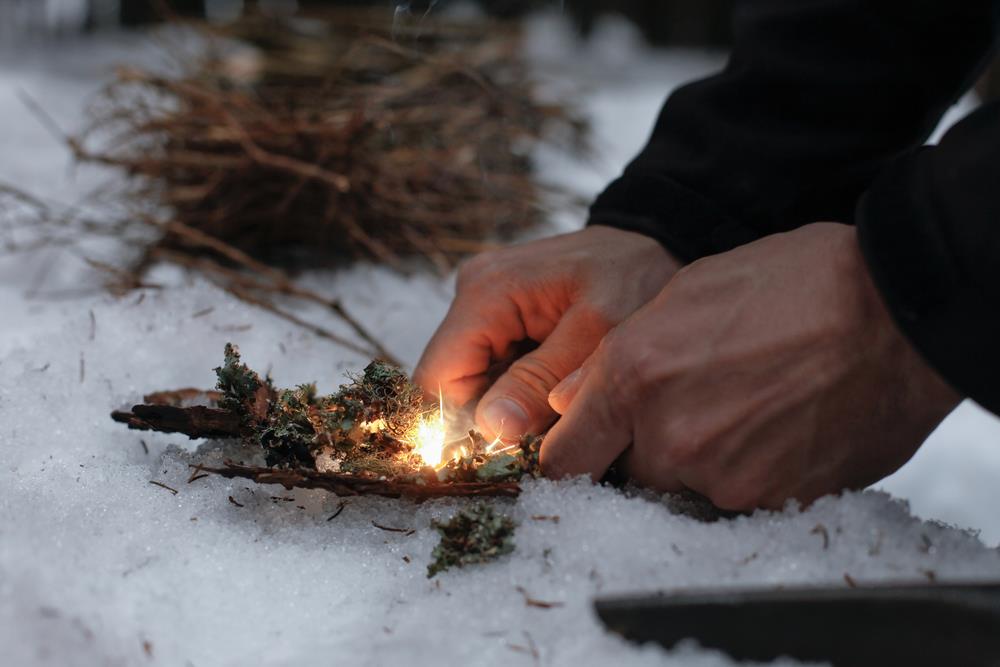
Starting a fire is one of the most essential wilderness survival skills that you need to learn. With a fire, you can keep your body warm, cook food, and boil water. It also provides you with illumination and it can give you some sense of security as it tends to scares off wild animals with the bonus effect of being a signal to alert rescuers.
When going out in the wild, you should always have a fire starting tool like steel, a lighter, matches, tinder, batteries, etc… But if you don’t have one, you should know how to start a fire using one of the primitive or friction-based fires making methods. Some of the famous methods include the hand drill, bow drill, fire plow, and traditional lenses.
Having knowledge of how to start a fire with the materials in your area and in extreme weather conditions is a life-saving skill.
Know Some Basic Survival Medical Skills and Herbal Medicines


With everyone running helter-skelter, there will be no one to attend to you in case you’re injured or wounded. Learning some basic first aid skills will help you treat yourself and move on. At this time, an injury will only worsen your situation and treating it quickly should be your priority. Basic items like a shirt or a belt can be of great use.
For those in the wilderness with no first aid at their disposal, knowing what herbal medicines can be used will be of great help. There are many medicinal wild plants out there that can be used to cure various ailments. You just need to identify them. Below are some of the medicinal plants to look for in the wild:
- Plantain – it can be used to relive venomous stings and bites. It is not effective for snake bites, even the small non-venomous bites which, if they break the skin, introduce bacteria into your system
- Lavender – it can be used to treat burns, repel insects, including scorpions, and alleviate itching
- Blackberry – they are great for relieving diarrhea
- Elderberry – it does a great job of healing wounds
- Dandelion – it stimulates digestion
- Burdock – it is wonderful at purifying blood and a good liver tonic
- Comfrey – it treats burns, arthritis, sprains, and bruises
- Yarrow – it is an amazing herb for treating cuts and wounds.
Learn How to Find Edible Food and Grow It
When disaster strikes, people will run to stores and empty them out quickly. Some won’t have the chance to grab food and will need to devise new ways of looking for food. After all, no human can stay for 3 weeks on a hungry stomach. You will definitely die.
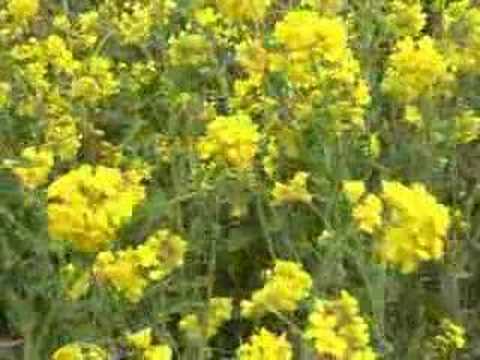
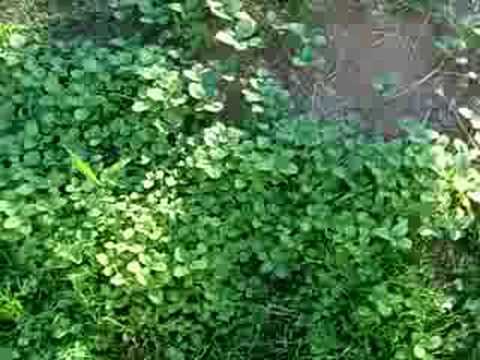
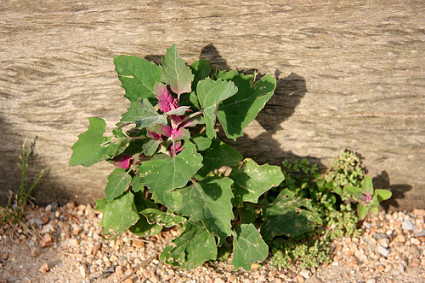
To sustain yourself and family in the wild, you will be forced to search for food using different means. Methods like hunting, creating traps, fishing, gathering, and growing food, will become the order of the day. But you will have to differentiate between edible foods and poisonous ones. For example, edible mushrooms look similar to the poisonous ones. Things to eat include birds, fish, small game, wild greens, nuts, grains, eggs, fruits, and berries.


In some places, you will find nuts, while in others you will come across foods that you have never seen before. The rule is not to eat what you are familiar with, but what you can eat. Read guides that show you how to eat certain insects and wild plants. If you are close to a water source like a river, pond, or lake, fish will be a great source of food.
And if the disaster is very devastating, growing food may become another option. Some of the edible plants in the USA are conifers, dandelions, oaks, cattail, and walnuts.
Learn Different Ways of Defending Yourself



When hell breaks loose, no one is safe. People will go to a greater extent to steal your supplies and run away. That’s why you need to have a firearm or a protection tool, and at the same time, understand how to use it. If any person tries to mess with your family, the weapon that you have at the time should help you defend them. This can be a machete, a gun, a tactical knife, a club, even a lead pipe.
In the outdoors, such tools may not exist and you may be forced to form your own tools. Different tools can be carved out of stones or items that you find in the wild. These are arrowheads, fish hooks, ax heads, and scrapers. They will help you to protect yourself, fish, hunt, make shelter, and play many other roles. Hence, it is important that you learn how to make and use these weapons for your own good.
Know How to Navigate to Safety
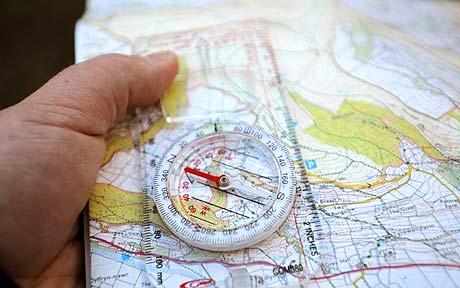

If you don’t have a GPS, compass or map to show you where you’re, there is no need to panic. As long as you have navigating skills, you will find your way around the wilderness. This will prevent you from going in the wrong direction or in danger. Things around you can help you navigate easily. These include:
- The sun – usually, the sun rises in the east and sets in the west. With this knowledge, you can easily determine which direction is the north and south, respectively. Just draw the directions on the surface and use them to get to a safe area or to your destination.
- Stars – the sun helps you during the day and stars at night. At night, in the northern hemisphere, you should search for Polaris. It is normally situated in the handle of the little dipper. When you find it, you will be facing in the north. Draw other directions from it.
- Landmarks – apart from using heavenly bodies, you can also use natural and artificial landmarks to navigate around. Look for rivers, lakes, mountains, buildings, roads, bridges, etc… Using these landmarks together with the help of the sun and stars should get you to your desired destination.
Know How to Make a Signal
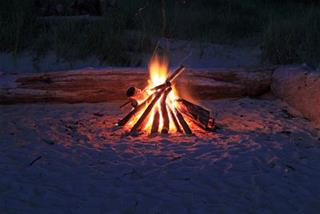


Having knowledge of how to get the attention of rescuers if you’re in dire need of help is crucial. With large tracts of land and covering on the ground, it can be difficult for rescuers to find you. However, you can use smoke or a glass lens to draw their attention.
- Using smoke – light a fire on a raised area like on a hill. The place should be free of obstructions like trees and cliffs which may saturate or change the direction of the smoke. The smoke/fire should be very visible so that rescuers can see it from a distance. Once a fire is started, dried and green leaves produce more smoke, as do greener branches from trees
- Contact lenses – yes, something as small as a contact lens can reflect light, as well as the usual, a mirror, any thing made of shiny metal, the lenses of binoculars or a rifle scope.
With such knowledge, rescuers or well-wishers will find you very easily. But also, you should use this signal at the right time. In a SHTF world it may attract bad company.
Condition Your Mind to Adjust to the Unexpected
The best weapon you can have as a survivalist is to prepare your mind to adjust to emergency situations. Train yourself on how you can use available items for survival and what next step to take. You should as well have a plan and let your family know about it in case of SHTF.
Whether you’re a prepper or not, you should always be prepared as you go outdoors. After all, disasters don’t always announce when they are about to happen. Hence, carry some survival tools on you on a daily basis. A Swiss knife, tactical flashlight, card tool, wallet, and tactical knife are a great start; invest in an EDC (Everyday Carry bag) and carry it everyday. They are not a burden to carry and will save you in many tricky situations.
Conclusion
After going through our top 9 basic outdoor survival skills that you need to master, it is vital that you practice them and be prepared for SHTF. Simply knowing about them without physically practicing them will not help. Read survival guides, outdoor survival books, and watch survival videos. If possible, enroll for a survival course. Additionally, understand your area well and what disasters are likely to occur. Understand the Golden Hoard and plan around it. This will help you learn skills that will assist you to survive if disaster strikes.
Do you live by the sea? Does your area have an active volcano? Or is your state prone to earthquakes? Whatever the disaster, you need to know where to go to and how to survive before everything returns to normal.
Follow The Prepper Journal on Facebook!
The post Basic Survival Skills Every Prepper Should Master ASAP appeared first on The Prepper Journal.
from The Prepper Journal
Don't forget to visit the store and pick up some gear at The COR Outfitters. How prepared are you for emergencies?
#SurvivalFirestarter #SurvivalBugOutBackpack #PrepperSurvivalPack #SHTFGear #SHTFBag







